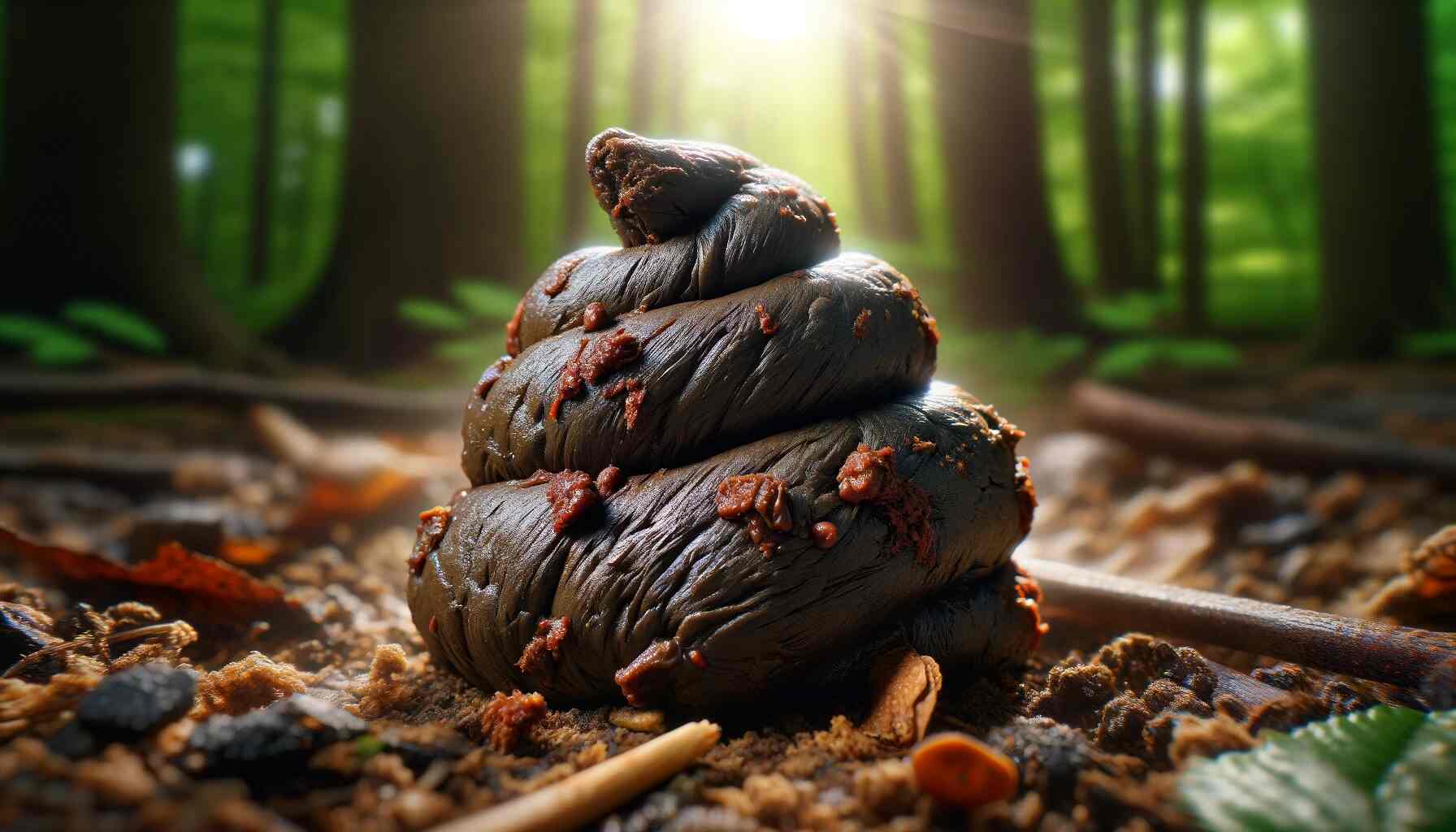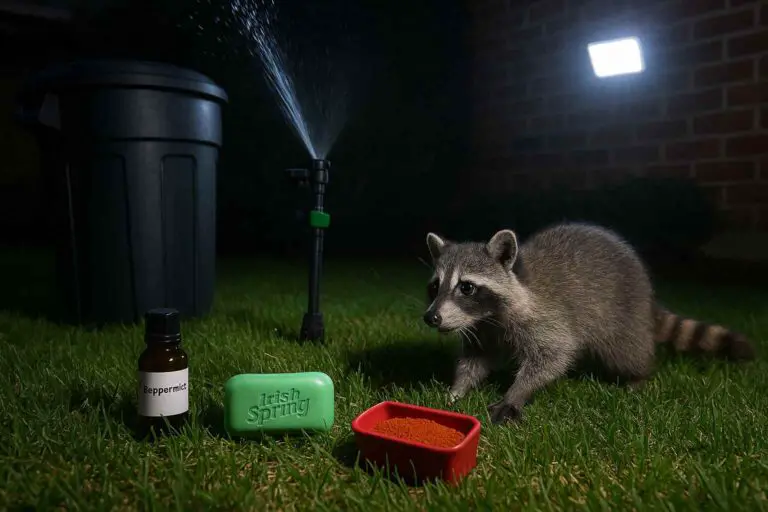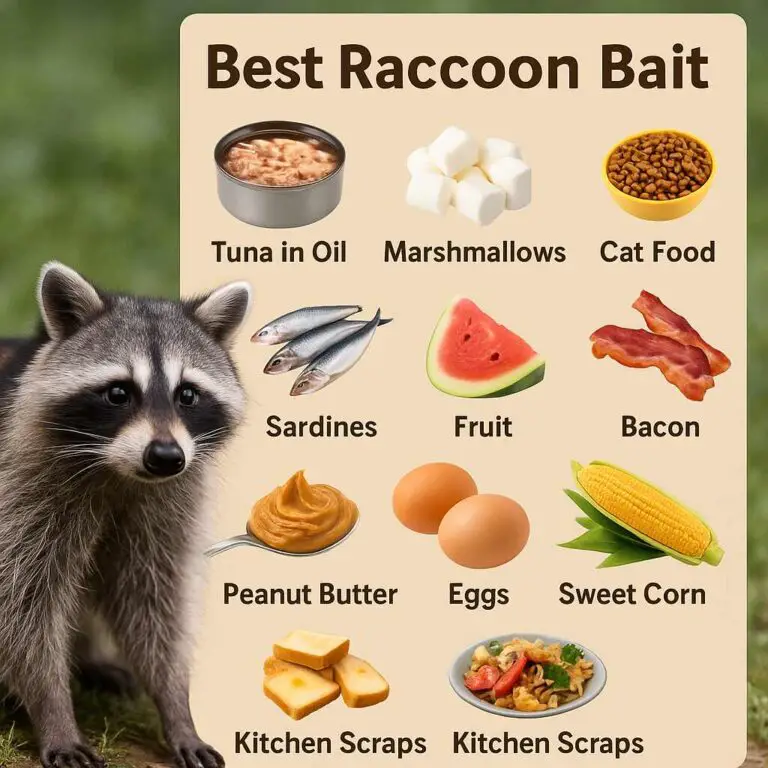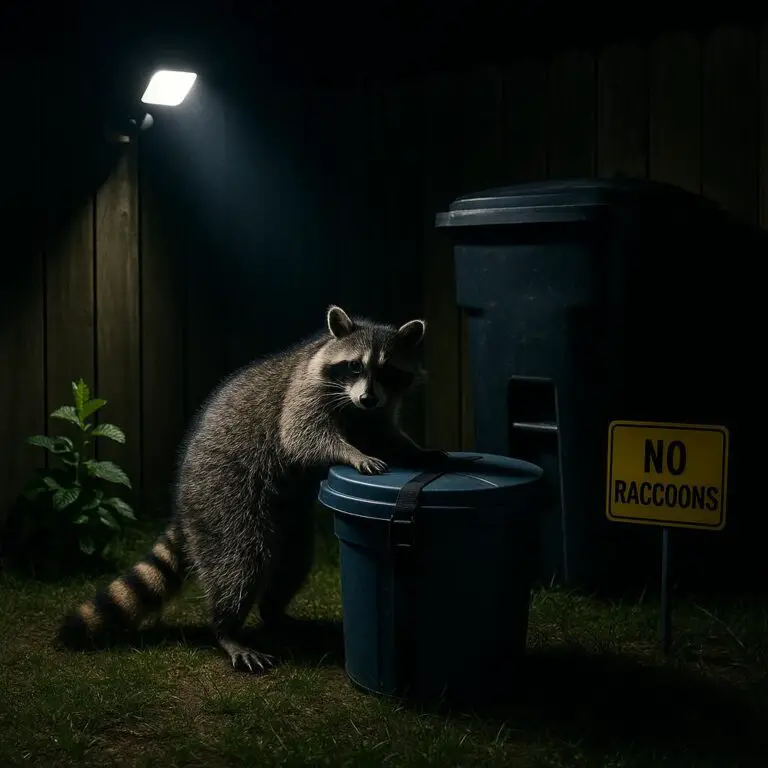Understanding the characteristics of raccoon poop can be essential for various reasons, from health and safety concerns to identifying the presence of raccoons in your area. This guide will provide a detailed look into what raccoon poop looks like, its significance, and its implications for both humans and the environment.
By the end of this article, you will have a thorough understanding of raccoon feces and how to manage its presence effectively.
Characteristics of Raccoon Poop
Raccoon poop, also known as scat, has distinct features that differentiate it from other animal feces. Here are the primary characteristics:
Size and Shape
- Size: Raccoon droppings are typically 2 to 3 inches long and about 0.5 to 0.75 inches in diameter.
- Shape: The feces are cylindrical with blunt ends, often resembling small cigars or tootsie rolls.
Color and Texture
- Color: Fresh raccoon poop is usually dark brown or black. As it dries, it may lighten to a tan or grey color.
- Texture: When fresh, raccoon scat is moist and malleable. It often contains undigested food particles like seeds, berries, and insect exoskeletons.
Contents
Raccoons are omnivores, and their diet influences the appearance of their feces. Common contents include:
- Undigested Food: Seeds, berries, fruit pits, and bits of plants.
- Animal Matter: Insect parts, fur, and bones from small mammals or birds.
- Parasites: Raccoon feces may contain parasitic eggs or larvae, such as those of the raccoon roundworm (Baylisascaris procyonis).
Health Risks Associated with Raccoon Poop
Raccoon feces pose significant health risks to humans and pets. The most notable risk is the transmission of the raccoon roundworm.
Raccoon Roundworm (Baylisascaris procyonis)
- Lifecycle: Raccoons are the definitive hosts of Baylisascaris procyonis. The adult worms live in the raccoon’s intestines, and their eggs are shed in the feces.
- Transmission: Humans and other animals can become infected by ingesting eggs from contaminated soil, water, or objects. A study by the Centers for Disease Control and Prevention (CDC) found that approximately 7-30% of raccoons in the United States are infected with Baylisascaris procyonis .
- Symptoms: Infection in humans can lead to severe neurological damage, as the larvae migrate through the body, affecting the brain and other organs. Symptoms include nausea, fatigue, and in severe cases, blindness or death.
Other Pathogens
- Leptospirosis: A bacterial infection that can be transmitted through contact with contaminated water or soil. According to the World Health Organization (WHO), leptospirosis is a widespread zoonotic disease, with an estimated 1 million cases globally each year .
- Salmonella: Bacteria that cause gastrointestinal illness, commonly found in animal feces. The CDC reports that salmonella causes about 1.35 million infections, 26,500 hospitalizations, and 420 deaths annually in the United States .
Identifying Raccoon Latrines
Raccoons often use specific areas, known as latrines, for defecation. Identifying these latrines can help in managing raccoon populations and mitigating health risks.
Common Latrine Sites
- Tree Bases: Raccoons may choose the base of a tree as a latrine site.
- Logs and Stumps: Fallen logs and stumps are common locations.
- Roof Spaces and Attics: In urban areas, raccoons might use accessible parts of buildings.
- Garden Sheds and Decks: Hidden corners in yards and gardens.
Signs of a Raccoon Latrine
- Accumulation: Multiple piles of scat in one area.
- Strong Odor: A distinctive, unpleasant smell due to the concentration of feces.
- Visible Tracks: Raccoon footprints or tracks leading to the latrine site.
Safe Handling and Cleaning of Raccoon Poop
Handling raccoon feces requires caution due to the potential health risks. Here are steps to safely clean up raccoon scat:
Safety Precautions
- Wear Protective Gear: Use gloves, a mask, and eye protection.
- Avoid Direct Contact: Never touch raccoon poop with bare hands.
Cleaning Process
- Disinfect Tools: Before and after use, disinfect any tools or equipment.
- Remove Feces: Scoop the feces into a plastic bag, seal it, and dispose of it in the trash.
- Disinfect Area: Clean the affected area with a bleach solution (1 part bleach to 10 parts water).
- Wash Hands: Thoroughly wash your hands with soap and water after cleaning.
Preventing Raccoon Intrusion
Preventing raccoons from entering your property can minimize the risk of encountering their feces. Here are some preventive measures:
Secure Garbage
- Use Raccoon-Proof Containers: Invest in bins with secure lids.
- Store Indoors: Keep garbage inside until collection day.
Eliminate Food Sources
- Pet Food: Do not leave pet food outside overnight.
- Bird Feeders: Use feeders that are raccoon-proof or remove them entirely.
Seal Entry Points
- Home Repairs: Fix any holes or gaps in your home’s exterior.
- Chimneys and Vents: Install caps and screens to prevent raccoon entry.
Ecological Impact of Raccoon Feces
While raccoon feces pose health risks to humans, they also play a role in the ecosystem.
Seed Dispersal
- Dietary Habits: Raccoons consume a variety of fruits and berries, and their feces help disperse seeds, promoting plant growth. A study by the University of Georgia highlighted the importance of raccoons in seed dispersal and ecosystem health .
Nutrient Cycling
- Soil Fertility: Raccoon poop contributes to nutrient cycling, enriching the soil with organic matter. This process supports plant growth and maintains soil health.
Unique Findings and Studies
Several studies have provided deeper insights into raccoon behavior and the implications of their feces:
- Study on Urban Raccoons: Research conducted by Ohio State University found that urban raccoons have higher concentrations of pollutants in their feces compared to their rural counterparts, due to their scavenging habits in cities .
- Raccoon Roundworm in Urban Areas: A study published in the Journal of Wildlife Diseases indicated that the prevalence of Baylisascaris procyonis in raccoons is higher in urban areas, posing increased risks to city dwellers .
Conclusion
Understanding raccoon poop is crucial for recognizing the presence of these animals and taking appropriate actions to manage health risks and property damage. By identifying the characteristics of raccoon feces, knowing the health hazards, and implementing preventive measures, you can ensure a safer and healthier environment for yourself and your family.
Always remember to handle raccoon scat with caution and seek professional assistance if dealing with a large infestation or if you are unsure about the cleaning process.
References
- Centers for Disease Control and Prevention (CDC). (n.d.). Baylisascaris Infection.
- World Health Organization (WHO). (n.d.). Leptospirosis.
- Centers for Disease Control and Prevention (CDC). (n.d.). Salmonella.
- University of Georgia. (n.d.). Raccoons and Seed Dispersal.
- Ohio State University. (n.d.). Pollutants in Urban Raccoons.
- Journal of Wildlife Diseases. (n.d.). Prevalence of Baylisascaris procyonis.








